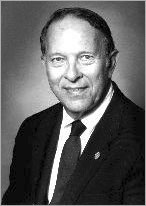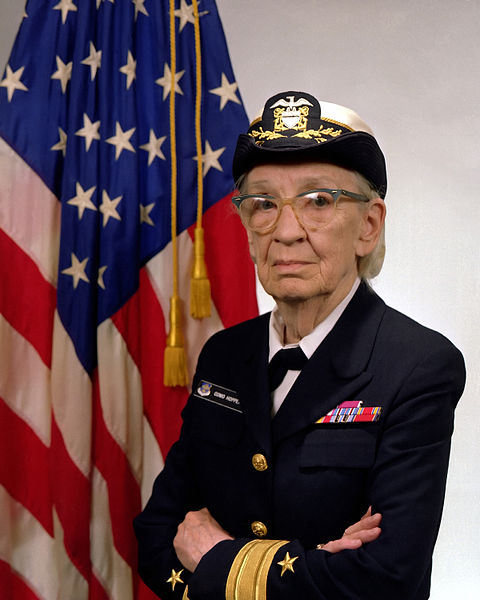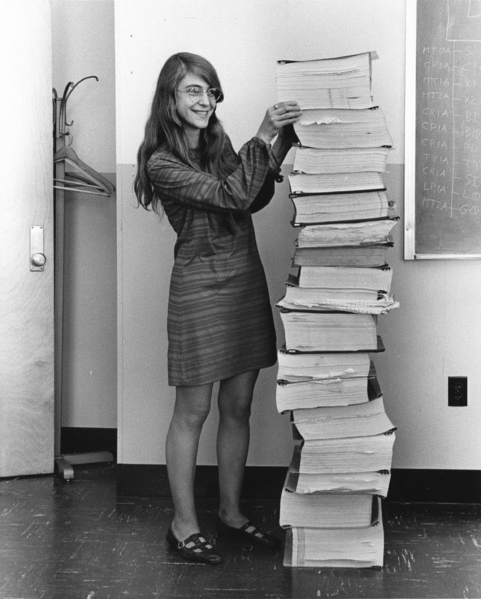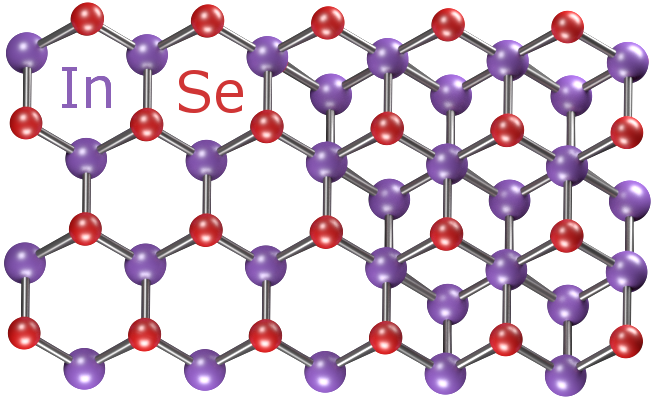 Researchers from the University of California, Riverside recently combined photosynthesis and physics to make a key discovery that could lead to highly efficient solar cells.
Researchers from the University of California, Riverside recently combined photosynthesis and physics to make a key discovery that could lead to highly efficient solar cells.
Nathan Gabor, a physicist, began exploring photosynthesis when he asked himself a fundamental question in 2010: Why are plants green? This question probed him to combine his physics training with biology.
Over the past six years, Gabor has been rethinking energy conversion in light of these questions. His goal was to make solar cells that more efficiently absorb intermittent energy from the sun and increase past the current 20 percent efficiency. In this, he was inspired by the plants that had evolved over time to do exactly what he hoped solar cells would be able to do.
This from University of California, Riverside:
[The scientists] addressed the problem by designing a new type of quantum heat engine photocell, which helps manipulate the flow of energy in solar cells. The design incorporates a heat engine photocell that absorbs photons from the sun and converts the photon energy into electricity.Surprisingly, the researchers found that the quantum heat engine photocell could regulate solar power conversion without requiring active feedback or adaptive control mechanisms. In conventional photovoltaic technology, which is used on rooftops and solar farms today, fluctuations in solar power must be suppressed by voltage converters and feedback controllers, which dramatically reduce the overall efficiency.
At the core of the research, Gabor and his team are looking to connect quantum mechanical structure to the greenest plants.


 For the past four decades, the electronics industry has been driven by what is called “
For the past four decades, the electronics industry has been driven by what is called “ By using mild electric current, a team of researchers from Washington State University has demonstrated the ability to beat drug-resistant bacterial infections – a technology with the potential to treat chronic wound infections.
By using mild electric current, a team of researchers from Washington State University has demonstrated the ability to beat drug-resistant bacterial infections – a technology with the potential to treat chronic wound infections.


 Three new Editors’ Choice articles have been published recently in the Journal of The Electrochemical Society (JES) and ECS Journal of Solid State Science and Technology (JSS).
Three new Editors’ Choice articles have been published recently in the Journal of The Electrochemical Society (JES) and ECS Journal of Solid State Science and Technology (JSS). Newly developed semiconductor materials are showing promising potential for the future of super-fast electronics.
Newly developed semiconductor materials are showing promising potential for the future of super-fast electronics.

 Molecube
Molecube Free the Science
Free the Science